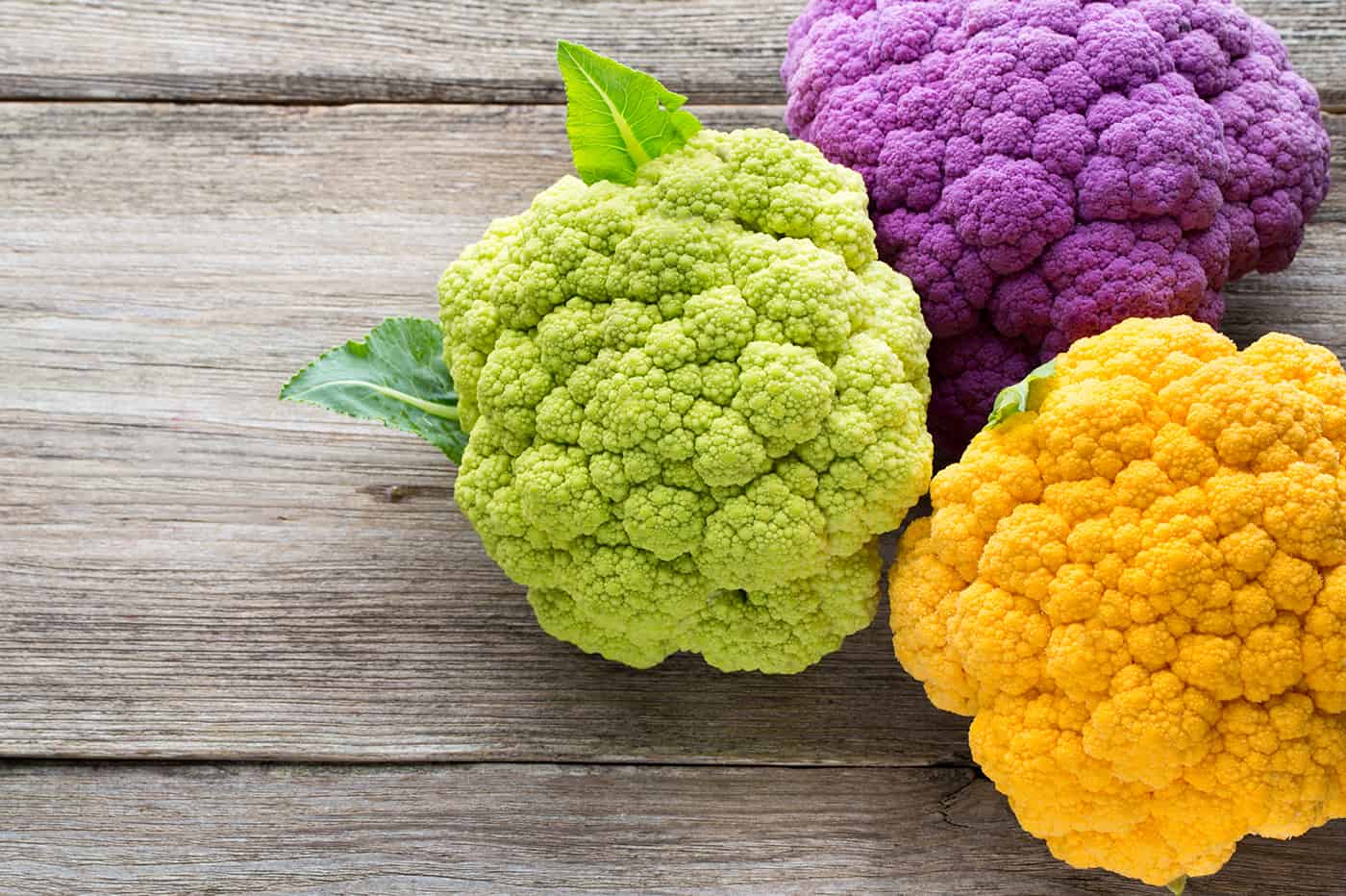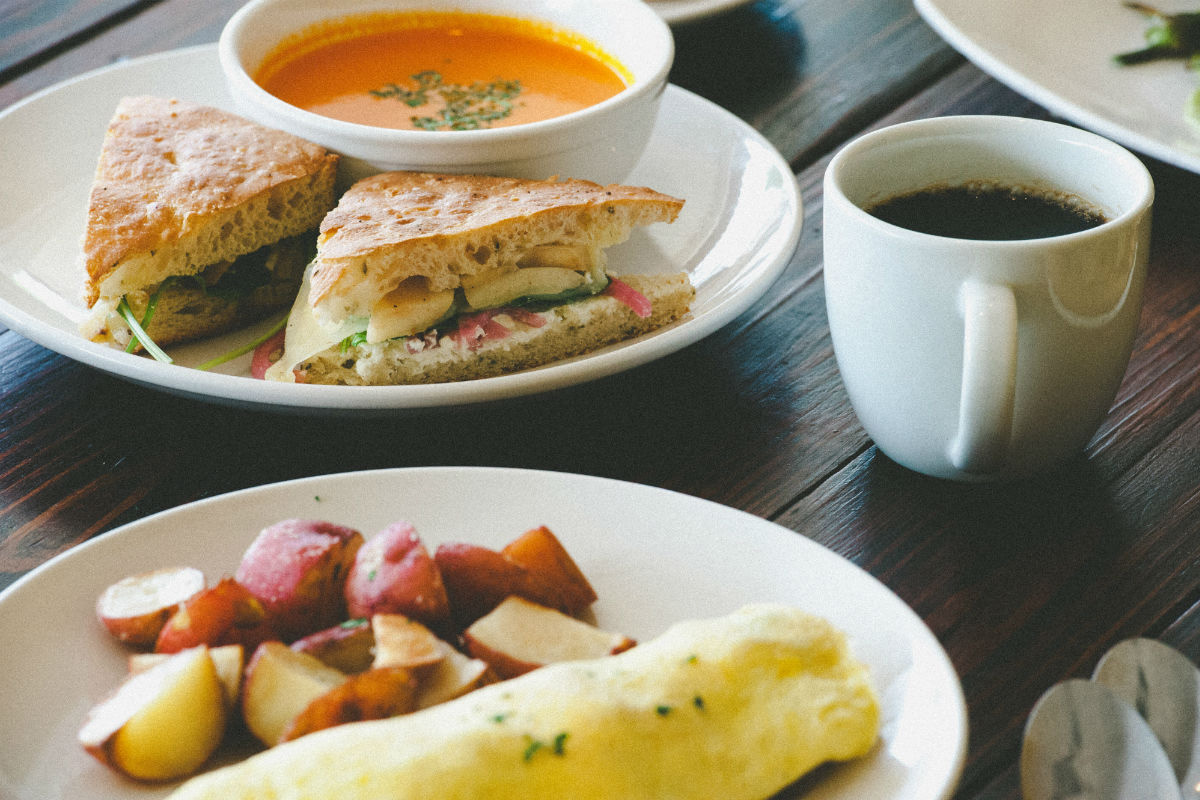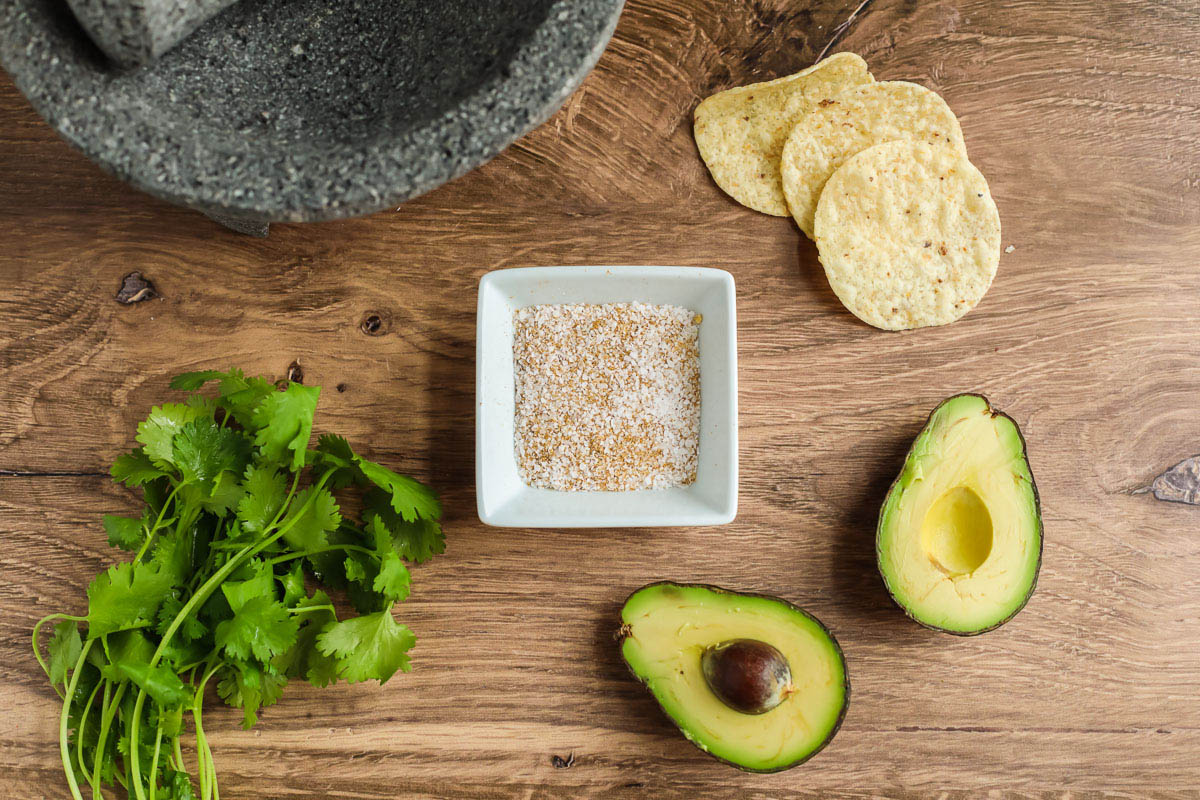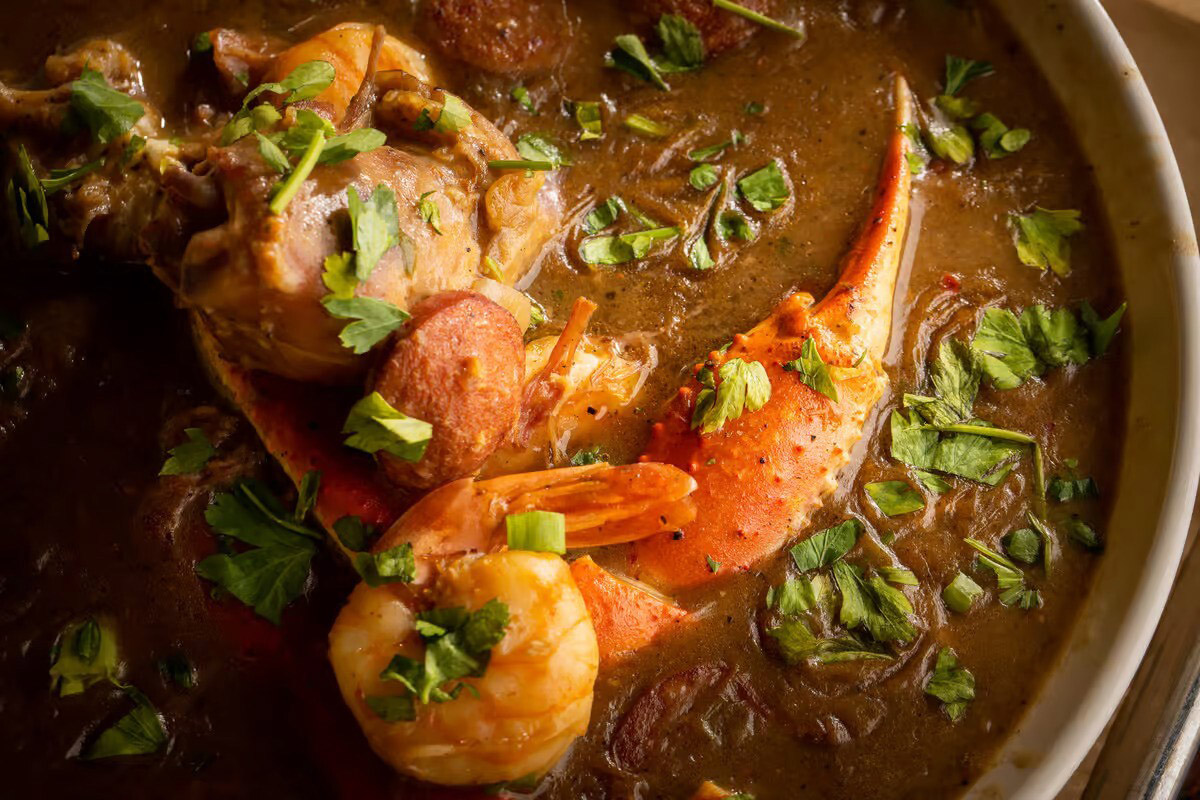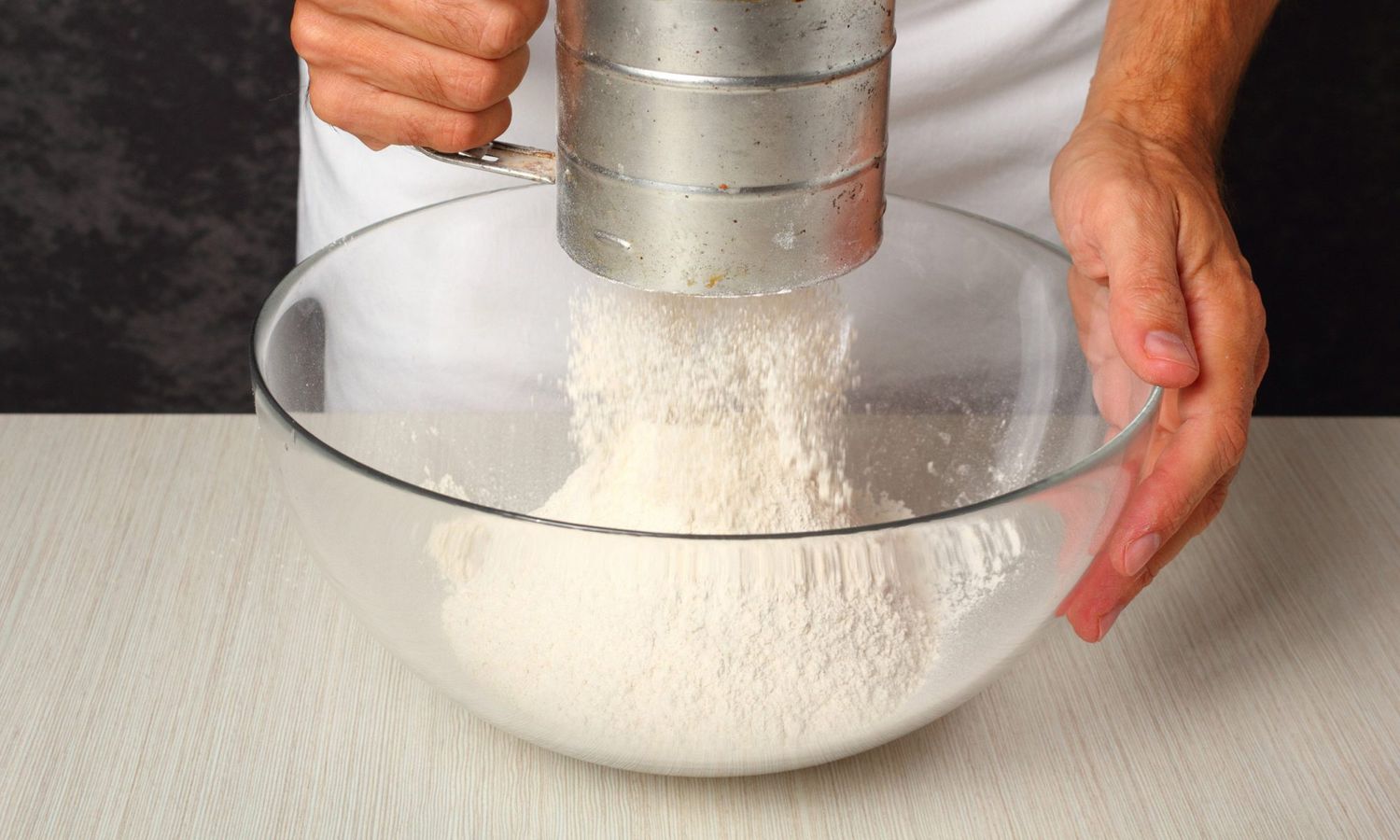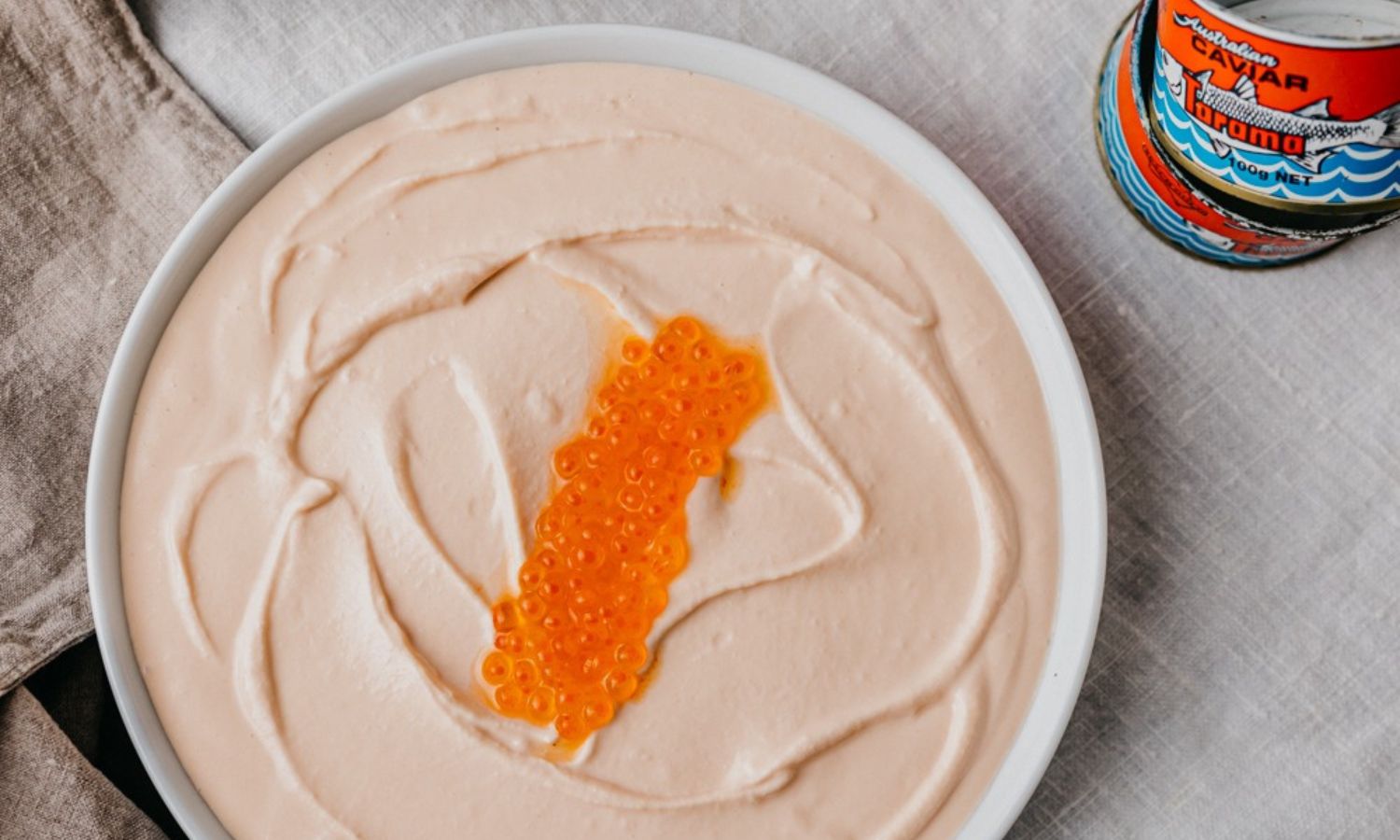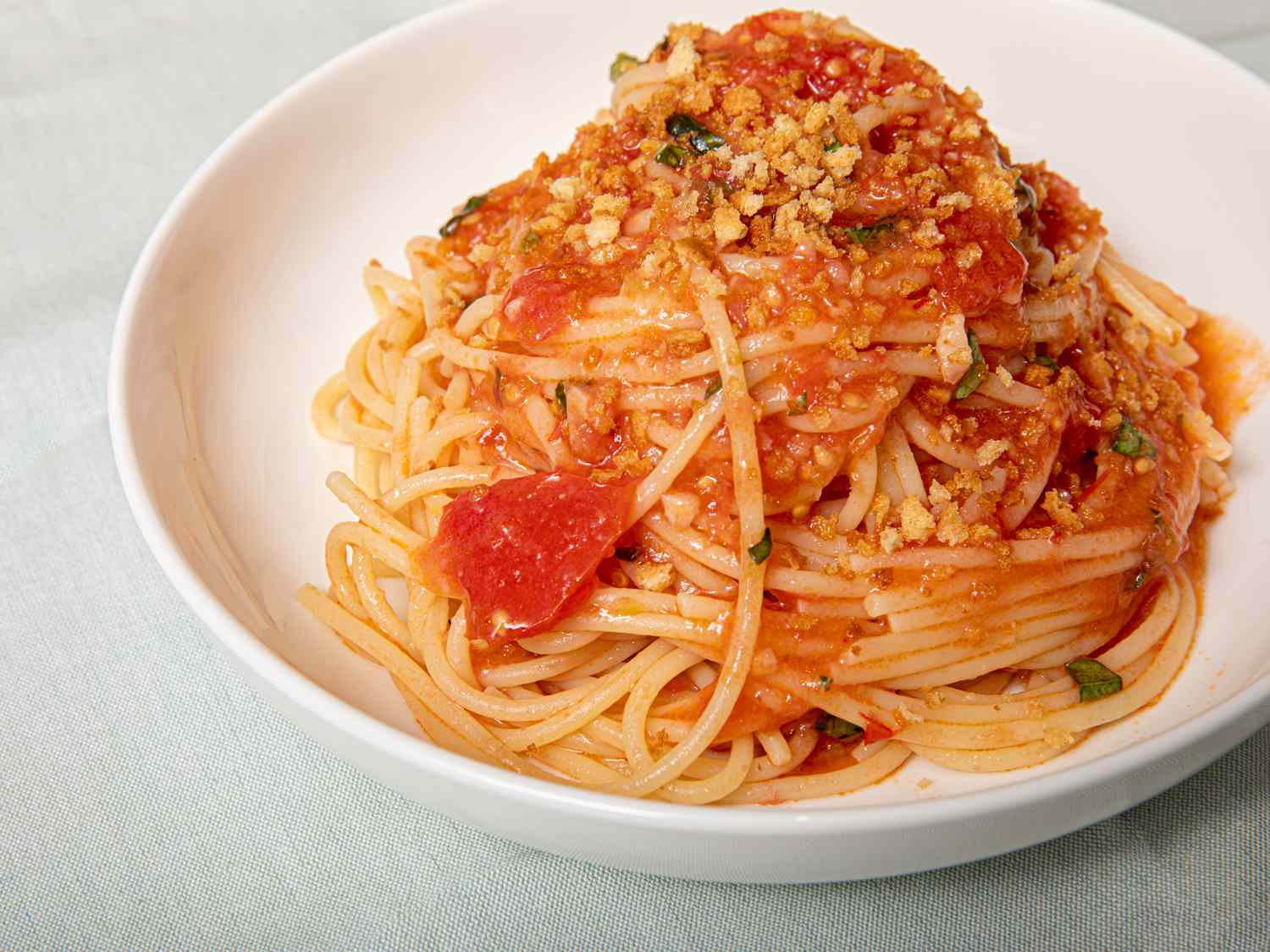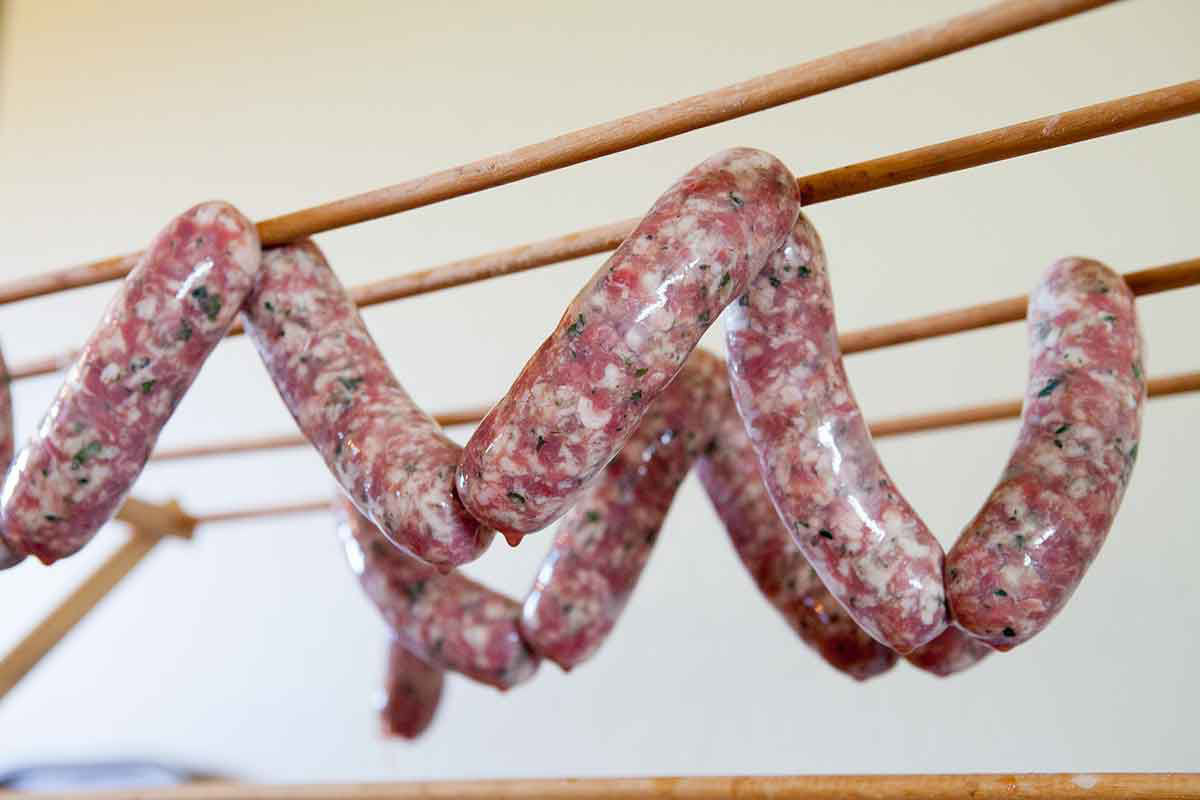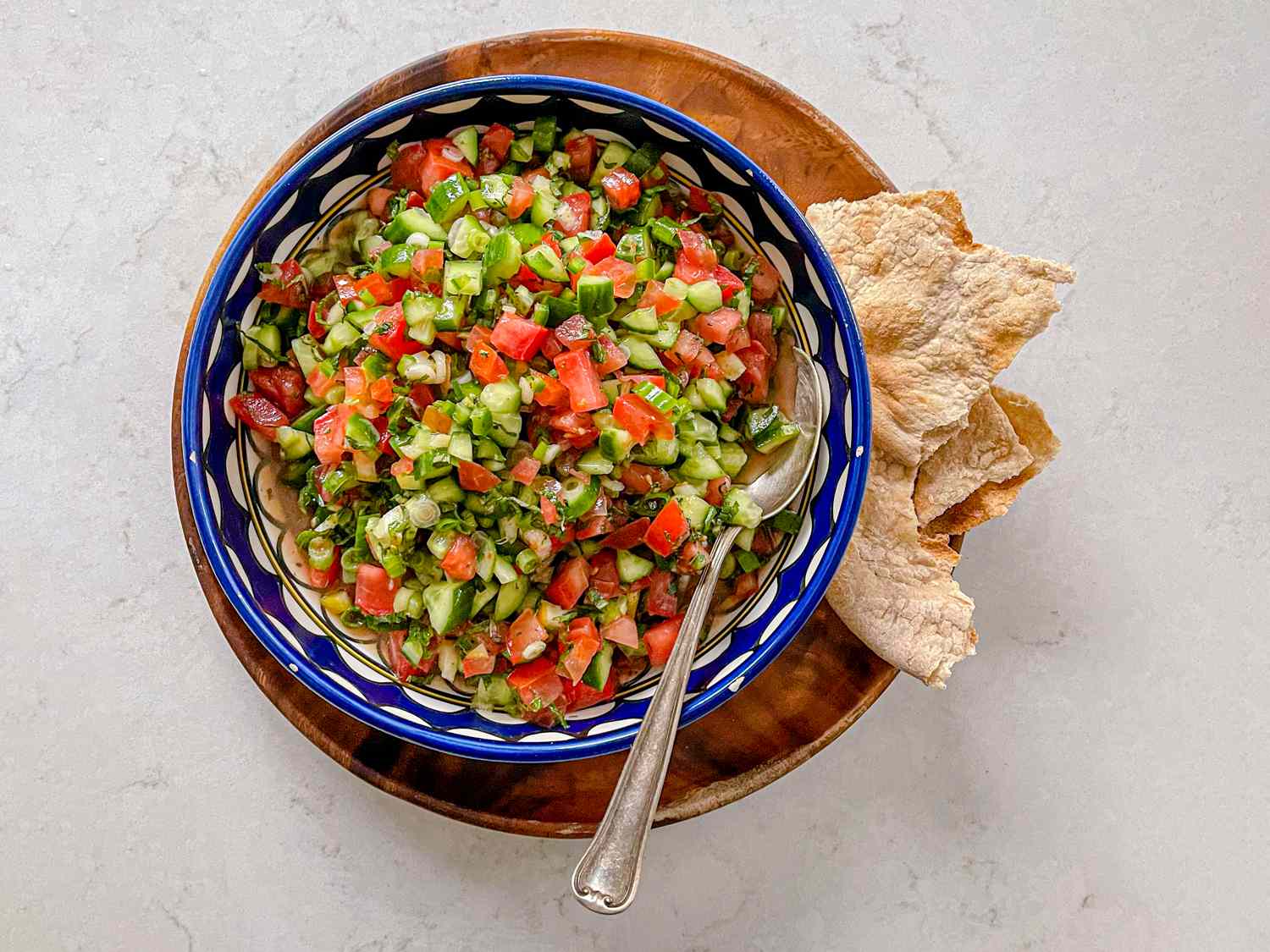Understanding Balsamic Reduction
Have you ever wondered what gives that sweet and tangy flavor to your favorite salads, meats, and even desserts? The secret ingredient is often a balsamic reduction. But what exactly is balsamic reduction and how is it made?
Balsamic reduction is a thick, syrupy sauce made from balsamic vinegar. It is created by simmering balsamic vinegar over low heat until it becomes thick and syrupy in consistency. This process helps to concentrate the flavors and sweetness of the vinegar, resulting in a rich and versatile condiment.
How Is Balsamic Reduction Made?
The process of making balsamic reduction is relatively simple and requires only one ingredient – balsamic vinegar. Here’s a basic recipe to make balsamic reduction at home:
- Pour the desired amount of balsamic vinegar into a saucepan.
- Place the saucepan over low heat and bring the vinegar to a gentle simmer.
- Allow the vinegar to simmer, stirring occasionally, until it has reduced by half and has thickened to a syrupy consistency.
- Remove the saucepan from the heat and let the balsamic reduction cool before using it.
Once cooled, the balsamic reduction can be used immediately or stored in a sealed container for future use.
Ways to Use Balsamic Reduction
Balsamic reduction can be used in a variety of dishes to add depth and complexity to the flavors. Here are some popular ways to use balsamic reduction:
- Drizzle it over fresh strawberries or other fruits for a simple and elegant dessert.
- Use it as a glaze for grilled or roasted meats, such as chicken, pork, or beef.
- Drizzle it over salads, roasted vegetables, or even pizza for a burst of sweet and tangy flavor.
- Use it as a finishing touch for creamy soups or risottos to add a touch of acidity and sweetness.
With its versatility, balsamic reduction can elevate the flavors of both sweet and savory dishes, making it a staple in many kitchens.
Choosing the Right Balsamic Vinegar
When making balsamic reduction, it’s important to use high-quality balsamic vinegar to ensure the best flavor and consistency. Look for balsamic vinegar that is labeled as “aceto balsamico tradizionale” or “traditional balsamic vinegar” for an authentic and flavorful result.
Additionally, aged balsamic vinegar tends to have a more complex flavor profile, making it ideal for creating balsamic reduction. While it may be pricier than younger vinegar, the depth of flavor it provides is well worth the investment.
In Conclusion
Balsamic reduction is a simple yet versatile condiment that can add a burst of flavor to a wide range of dishes. Whether drizzled over fresh fruit, used as a glaze for meats, or added to salads, its sweet and tangy profile makes it a beloved addition to many recipes. By understanding how balsamic reduction is made and how to use it, you can elevate your culinary creations with this delicious and versatile ingredient.
So, the next time you’re looking to add a touch of sweetness and acidity to your dishes, consider reaching for a bottle of balsamic vinegar and trying your hand at making your own balsamic reduction.
Was this page helpful?
Read Next: What Is Blackened Seasoning
